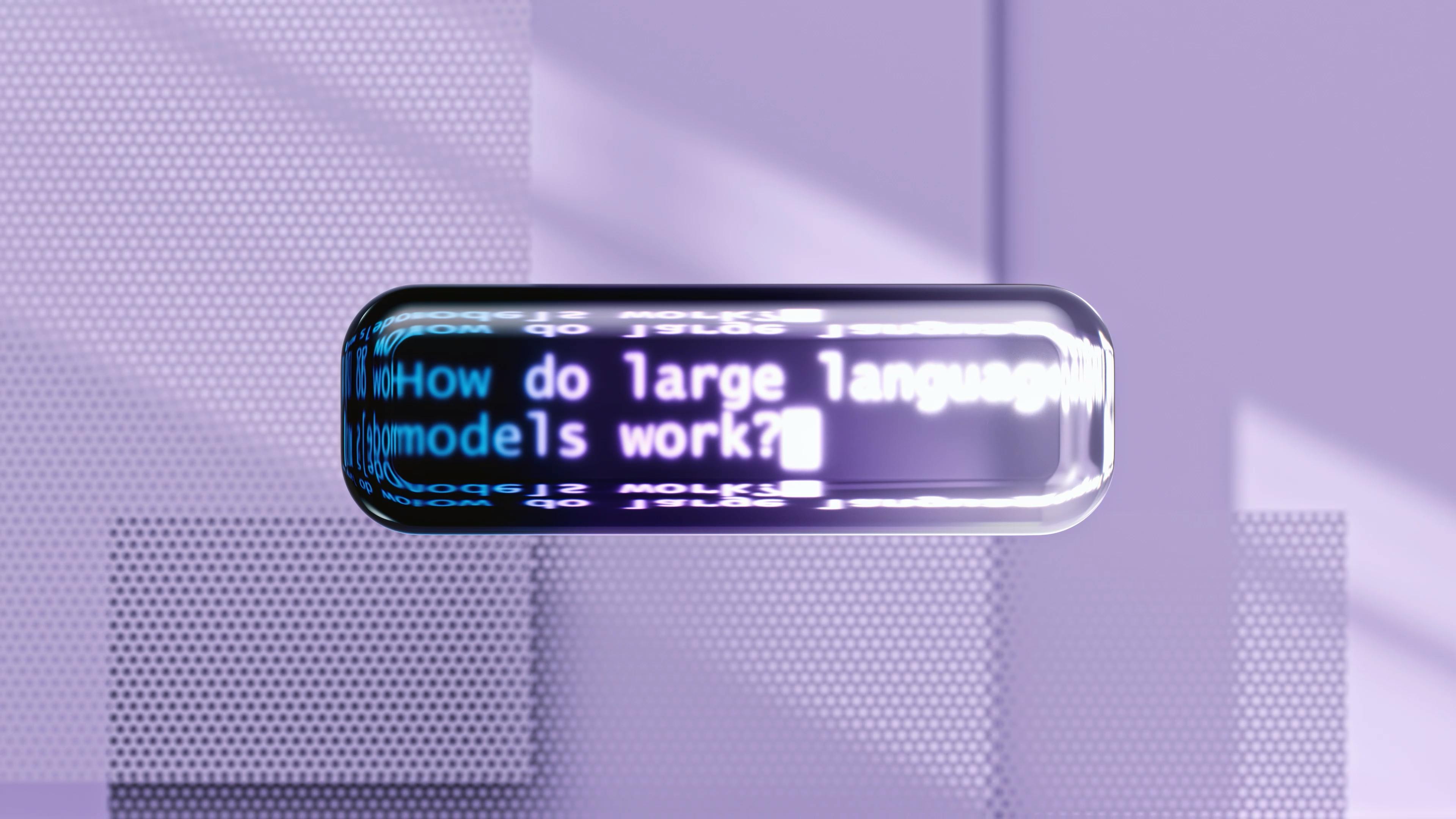Generative AI
March 13, 2024, 10:37 a.m.

In today's tech world, artificial intelligence (AI) is doing amazing things. One cool area it's working on is Generative AI. This type of AI helps computers make new stuff like images, text, music, and videos. It's like teaching a computer to be creative. Let's dive into Generative AI to see what it can do and what it means for us.
What's Generative AI?
Generative AI, or Generative Adversarial Networks (GANs), is a special type of AI. It's like a game where two teams compete: the generator and the discriminator. The generator tries to make something new, like an image, while the discriminator tries to figure out if it's real or fake. They keep playing this game until the generator gets really good at making realistic stuff.
How Does Generative AI Work?
Imagine you want the computer to create a picture of a cat. You'd start by giving it a bunch of cat pictures to learn from. Then, the generator would start making its own cat pictures based on what it learned. The discriminator's job is to decide if each picture is a real cat or a fake one made by the generator. As they play this game, the generator gets better at making pictures that fool the discriminator.
Applications of Generative AI
Generative AI has tons of cool uses. It can create realistic-looking images of things that don't even exist, like imaginary creatures or futuristic buildings. It can also help in art and design, generating new ideas or styles for artists to explore. In the world of gaming, it can create lifelike characters and environments. And in medicine, it can generate images to help doctors diagnose diseases more accurately.
Fig: images of cats, generated by Gemini.
Challenges and Ethical Considerations
While Generative AI opens up exciting possibilities, it also raises some challenges and ethical questions. For example, it could be used to create convincing fake videos or misinformation. There are also concerns about privacy, as AI can generate highly realistic images of people's faces without their consent.
Fig: AI generated picture of Donald trump and mukesh ambani as poor people living in slums.
The Future of Generative AI
Despite these challenges, Generative AI holds incredible promise. As technology advances, we can expect to see even more innovative applications in fields like entertainment, education, healthcare, and beyond. With careful guidance and ethical considerations, Generative AI has the potential to revolutionize how we create, imagine, and interact with the world around us.
Conclusion
Generative AI is like giving computers the power to be creative. It can make all sorts of things, from images to music, that look and sound real. While there are some challenges to overcome, the future looks bright for Generative AI. It's an exciting time to see where this technology will take us and how it will shape the world we live in.
Prepared by : Sajan Regmi [076BEI032]